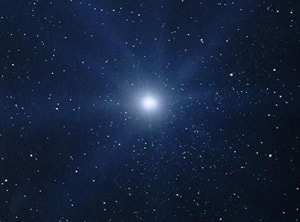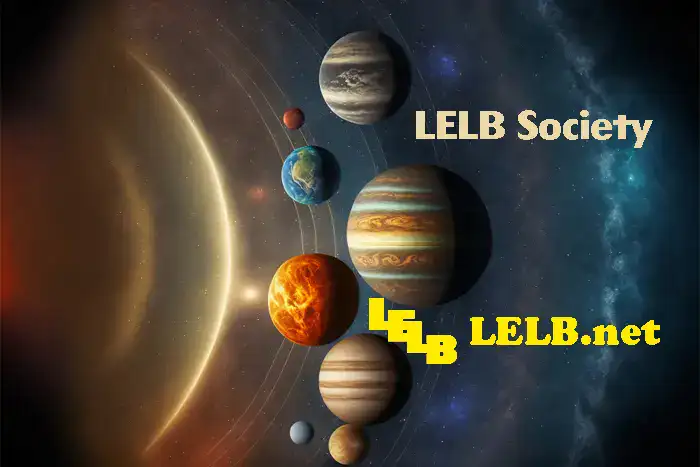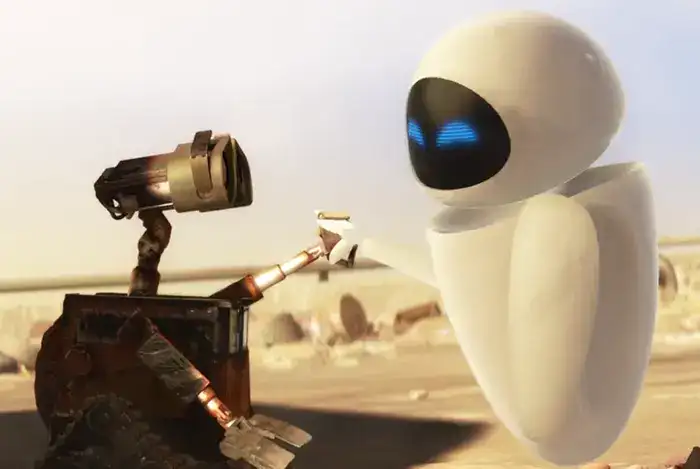Practice Reading & Listening on Stars
Practice Reading & Listening on Stars for IELTS & TOEFL with a podcast as a documentary from National Geographic YouTube Channel, illustrated flashcards, text-to-speech
The genesis of stars
Like fireflies on a still summer night, they gently dot and illuminate the infinite velveteen sky. Stars, either millions or billions of years old are all born in nebuli, clouds of dust and mostly hydrogen gas. Within these stellar nurseries, stars begin life as protostars or hot cores formed by the collection and collapse of dust and gas.
Thermonuclear fusion in stars
As the protostars become hotter, hydrogen nuclei inside the cores begin to fuse and create helium. It is this chemical reaction, thermonuclear fusion, that generates a star’s heat and energy and causes it to shine.
Classification of stars
Stars are categorized by a number of characteristics. One of these classifications is by surface temperature. Called Spectral Classes, these seven major groups range from the coolest stars which are designated as M, and up to the hottest stars, which are designated as O.
Stars are also classified by the amount of light they emit or luminosity. Called Luminosity Classes, these nine major groups from the small, less bright white dwarfs to the large and extremely bright hydrogiants.
Death of stars
But no matter their luminosity or surface temperature, all stars eventually burn through their hydrogen fuel and die out. Less massive stars, such as our sun, release their stellar material into space, leaving behind a white dwarf surrounded a planetary nebula. More massive stars, instead, blast matter into space in a bright supernova, leaving behind an extremely dense body called a neutron star. But the most massive stars, stars that are at least three times our sun’s mass, collapse into themselves and create a bottomless well of gravity, a black hole.
But from the remnants of stars, heavier elements are cast into the universe and it is this star dust that forms the seedings of life itself.




There’s one billion shining little stars in sky and they have so many different colors like,green,yellow,red,blue and purple that it is one of the beautiful things of nature.
That’s right, Soroosh. The stars in the night sky add beauty and color to our vision.
Feedback:
Consider spaces between the colors after commas.
We see them every night we look at the sky and yet we can never imagine how massive and extraordinary they can be.
That is absolutely correct. These tiny shining particles scattered all around the night sky appear ethereal at first glace. Yet, like our sun, they’re fiery and almost impossible to get close to.